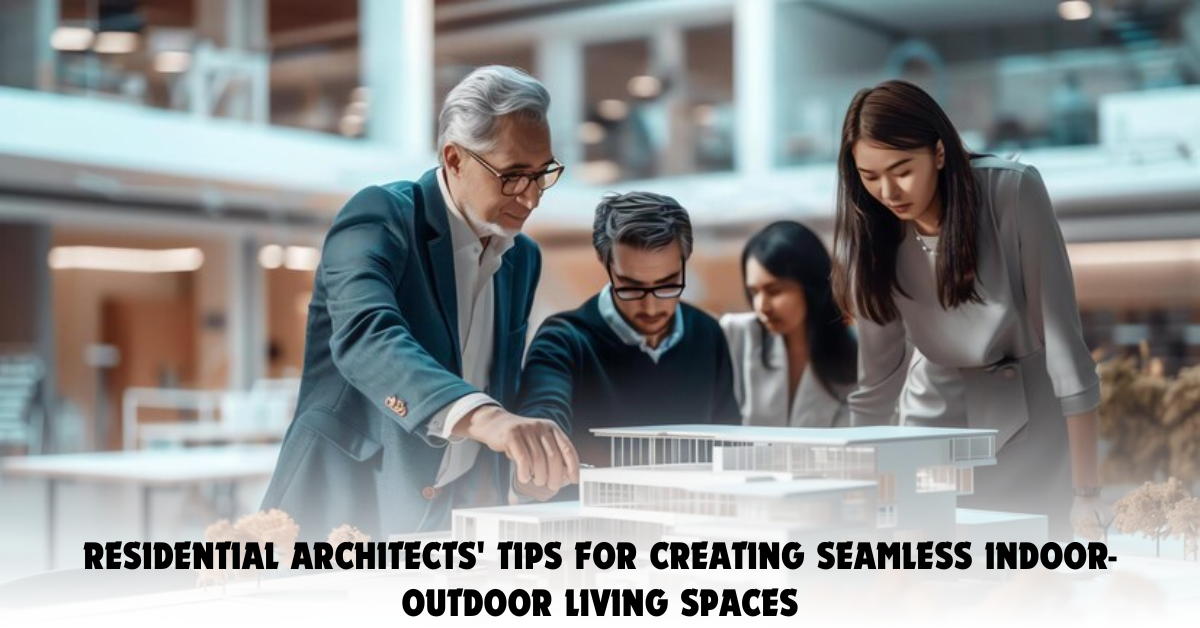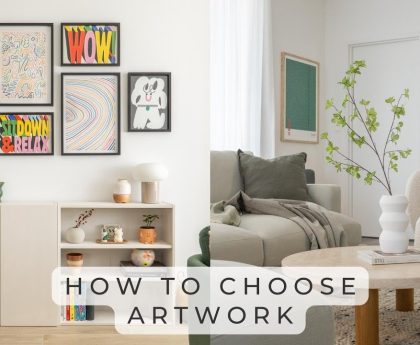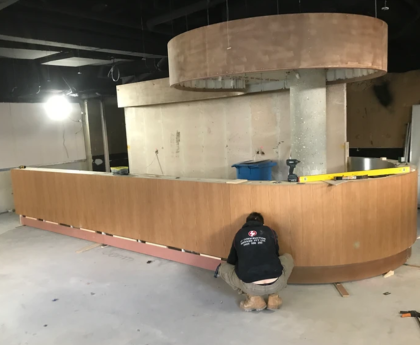Creating seamless indoor-outdoor living spaces has become a hallmark of modern residential design. The goal is to blur the lines between the interior and exterior, providing a cohesive, harmonious living environment that maximizes space, natural light, and connectivity with nature. Leading architecture firms and the best architects have refined strategies to achieve this integration, offering homeowners a lifestyle that combines the comforts of indoor living with the beauty and freedom of the outdoors. Here are some expert tips for creating seamless indoor-outdoor living spaces.
1. Open Floor Plans and Large Windows
One of the foundational elements in designing seamless indoor-outdoor spaces is the use of open floor plans and large windows. Open layouts eliminate barriers, creating a continuous flow between different areas of the home and the outdoors. Architecture firms often incorporate large, floor-to-ceiling windows and sliding glass doors that open up entire walls, providing unobstructed views and easy access to outdoor spaces.
The best architects emphasize the importance of using high-quality, energy-efficient glazing for these expansive windows and doors. This ensures that the home remains comfortable and energy-efficient while maximizing natural light and views.
2. Continuity in Flooring and Materials
Using the same or similar flooring materials inside and outside creates a visual and physical continuity that enhances the seamless transition. Materials like stone, tile, or hardwood can be used in both areas, creating a unified look. For instance, a living room with hardwood floors that extend onto a deck or patio can make the spaces feel interconnected.
Architecture firms in Hyderabad recommend selecting materials that are durable and weather-resistant for outdoor use. The best architects also suggest considering textures and colors that complement both the indoor decor and the natural surroundings.
3. Indoor-Outdoor Furnishings
Furniture plays a crucial role in blending indoor and outdoor spaces. Choosing furnishings that are suitable for both environments can create a cohesive look and feel. For example, weather-resistant sofas, chairs, and tables that match the indoor decor can be used in outdoor living areas.
The best architects advise homeowners to invest in versatile furniture that is comfortable and durable. Additionally, using similar color palettes and styles for both indoor and outdoor furnishings enhances the seamless transition between the spaces.
4. Covered Outdoor Spaces
Creating covered outdoor areas, such as patios, verandas, or pergolas, extends the usability of outdoor spaces regardless of weather conditions. These structures provide shade and protection from the elements, allowing for comfortable outdoor living throughout the year.
Architecture firms often design covered spaces with features like outdoor kitchens, fireplaces, or ceiling fans to enhance functionality and comfort. The best architects suggest incorporating elements like retractable screens or sliding panels to adjust the level of exposure and privacy as needed.
5. Landscaping and Natural Elements
Integrating landscaping with the architectural design further blurs the boundaries between indoor and outdoor spaces. Thoughtfully designed gardens, green walls, and water features can enhance the aesthetic appeal and create a natural extension of the indoor environment.
The best architects recommend using native plants and sustainable landscaping practices to create a low-maintenance, eco-friendly outdoor space. Architecture firms often collaborate with landscape architects to ensure that the plant selections and garden designs complement the home’s architecture and the local environment.
6. Lighting Design
Proper lighting is essential for creating a seamless transition between indoor and outdoor spaces, especially during the evening. Strategic placement of outdoor lighting can enhance the ambiance and usability of outdoor areas while maintaining a connection with the indoor spaces.
Architecture firms suggest using a combination of task, accent, and ambient lighting to achieve a balanced and inviting atmosphere. The best architects often incorporate features like string lights, lanterns, and built-in lighting in pathways and garden beds to create a cohesive lighting design.
7. Smart Home Technology
Integrating smart home technology can enhance the functionality and convenience of indoor-outdoor living spaces. Automated systems for lighting, heating, cooling, and security can be controlled remotely, ensuring a seamless and comfortable living experience.
The best architects and architecture firms are increasingly incorporating smart home solutions that allow homeowners to manage indoor and outdoor environments efficiently. Features like motorized window treatments, climate control systems, and smart irrigation can be seamlessly integrated into the design.
Conclusion
Creating seamless indoor-outdoor living spaces is a growing trend that reflects the desire for a more integrated and harmonious living environment. By employing strategies such as open floor plans, continuity in materials, versatile furnishings, covered outdoor areas, thoughtful landscaping, strategic lighting, and smart home technology, architecture firms and the best architects in Hyderabad are redefining residential design. These expert tips provide homeowners with the tools to create beautiful, functional, and sustainable living spaces that enhance their quality of life and connect them more closely with nature. As this trend continues to evolve, it will undoubtedly shape the future of residential architecture, offering innovative solutions for modern living.





